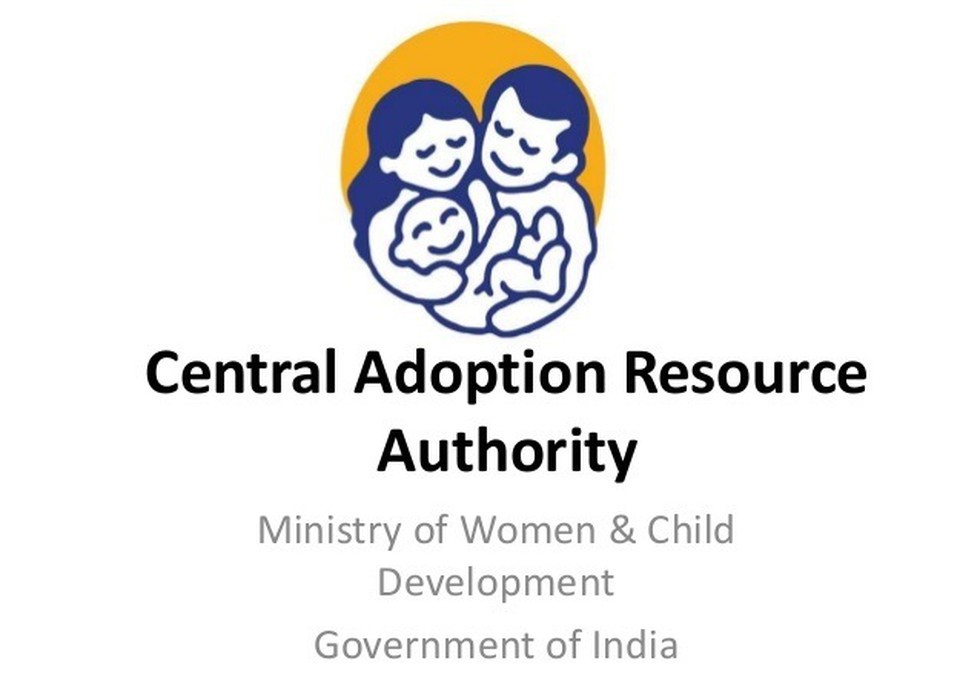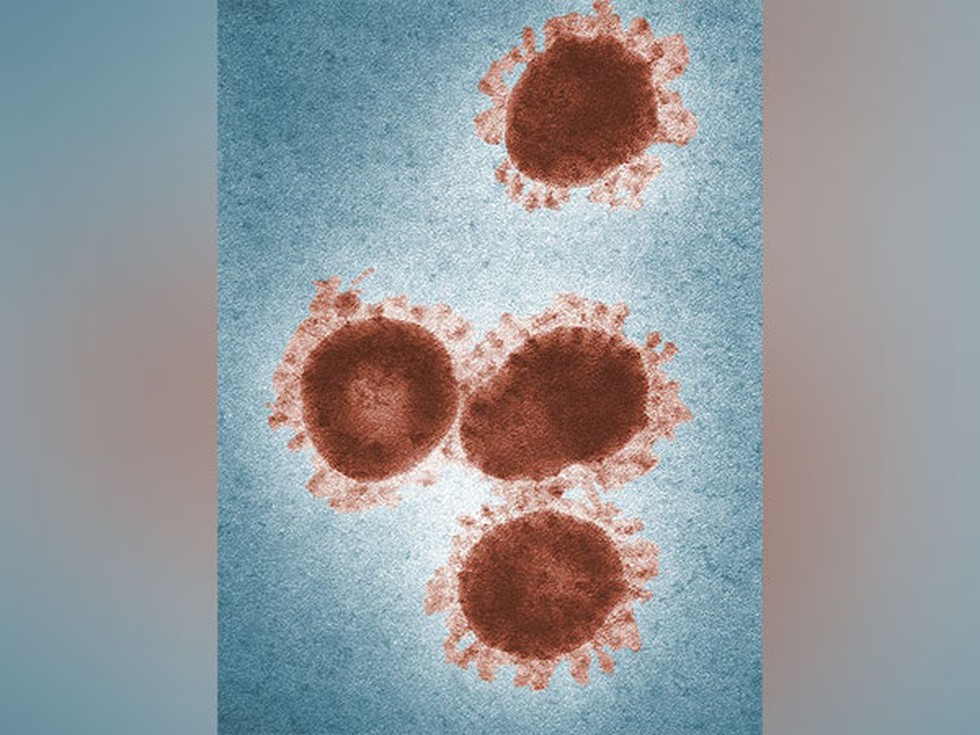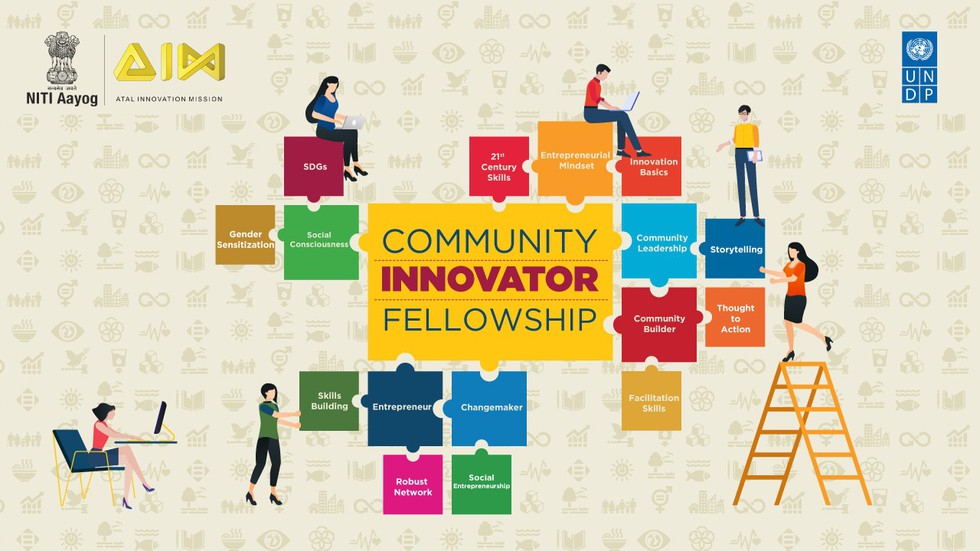
About:
- The dinosaur, called Natovenator polydontus, lived about 72 million years ago during the Cretaceous Period and was built like a diving bird with a streamlined body while possessing a goose-like elongated neck and a long flattened snout with a mouth bearing more than 100 small teeth. It was almost covered in feathers.
- While it was a cousin of speedy little predator Velociraptor, Natovenator was adapted to a semi-aquatic lifestyle in a freshwater ecosystem, perhaps floating on rivers and lakes, paddling with its front limbs, and using its flexible neck to catch fish and insects or diving underwater to capture its prey.
- Natovenator is part of the dinosaur group called theropods – sharing traits including bipedalism – best known for large meat-eaters including Tyrannosaurus, Tarbosaurus and Giganotosaurus.
- But the theropods, many of which were feathered, branched out in unusual directions with examples such as long-clawed ground sloth-like Therizinosaurus, ostrich-like Struthiomimus, termite-eating Mononykus and the entire bird lineage.

About:
- NADA was established by the Government of India, with the objective of acting as the independent Anti-Doping Organization for India having a vision of dope-free sports.
- It was set up as a registered society under the Societies Registration Act of 1860 on November 2005.
- The primary functions of NADA are as under:
- To implement the Anti-Doping Code to achieve compliance by all sports organizations in the Country.
- To coordinate dope testing program through all participating stakeholders.
- To promote anti-doping research and education to inculcate the value of dope free sports.
- To adopt best practice standards and quality systems to enable effective implementation and continual improvement of the program.
Therapeutic Use Exemptions (TUE)
- Athletes may have illnesses or conditions that require them to take medications or undergo procedures. If the medication or method is prohibited as per the World Anti-Doping Agency’s (WADA) Prohibited List, a TUE may give that athlete the authorization to use that substance or method while competing without invoking an anti-doping rule violation (ADRV) and applicable sanction.
- Applications for TUEs are evaluated by a panel of physicians the TUE Committee (TUEC). NADO TUEs are only valid for national-level Competition and Out-of-Competition Testing.
The World Anti-Doping Agency
- The World Anti-Doping Agency is a foundation initiated by the International Olympic Committee to promote, coordinate and monitor the fight against drugs in sports.
- The agency's key activities include monitoring of the World Anti-Doping Code, whose provisions are enforced by the UNESCO International Convention against Doping in Sport.
- Headquarters: Montreal, Quebec, Canada.
- Established in: 10 November 1999

About:
- The baguette is a long and thin loaf made of flour, water, salt and yeast, and is consumed as a staple in France. Some believe that it was invented by August Zang, a baker and an entrepreneur from Vienna in 1839.
- In March 2021, France nominated the baguette as its candidate for consideration within the UNESCO ICH list. It drew attention to the steady decline in the number of bakeries in the country as around 20,000 of them have closed down since 1970.
Intangible cultural heritage
- UNESCO defines “intangible” as “expressions that have been passed from one generation to another, have evolved in response to their environments and contribute to giving us a sense of identity and continuity…”
- ‘Intangible cultural heritage’ includes “oral traditions, performing arts, social practices, rituals, festive events, knowledge and practices concerning nature and the universe or the knowledge and skills to produce traditional crafts.”
Criteria for the selection
- There are three criteria for an intangible cultural heritage to be inscribed in the United Nations list. The entity must
- be recognized by communities, groups and, in some cases, individuals as part of their cultural heritage
- be transmitted from generation to generation and be constantly recreated by communities and groups in response to their environment, their interaction with nature and their history and
- provide them with a sense of identity and continuity, thus promoting respect for cultural diversity and human creativity,”
India’s intangible cultural symbols on the UNESCO list
- This year, India nominated Garba, a traditional dance form that originated in the state of Gujarat, for inscription on UNESCO’s ICH list.
- The elements which have been on the representative list of intangible cultural heritage from India in the past decade include Kolkata’s Durga Puja (2021), Kumbh Mela (2017), Navroz (2016), Yoga (2016), traditional brass and copper craft of utensil-making among coppersmiths of Punjab (2014), Sankirtana, a ritual musical performance of Manipur (2013), and the Buddhist chanting of Ladakh (2012).
- Before 2011, the list included Chhau dance, Kalbelia folk songs and dance of Rajasthan, and Mudiyettu, a dance drama from Kerala (2010), Ramman, a religious festival and theatre performance of Garhwal in the Himalayas (2009), and Kutiyattam or Sanskrit theatre, and Vedic chanting (2008), Ramlila( 2008), a traditional performance of Ramayana.
- Sangeet Natak Akademi is the nodal organisation which looks after this function, and files nominations of intangible cultural entities from India, for evaluation by the international body.

About:
- What is it? CARA is a statutory body of Ministry of Women & Child Development, Government of India.
- Role: CARA is designated as the Central Authority to deal with inter-country adoptions in accordance with the provisions of the Hague Convention on Inter-country Adoption, 1993, ratified by Government of India in 2003.
- Function: CARA primarily deals with adoption of orphan, abandoned and surrendered children through its associated /recognised adoption agencies.
- In India, a child can be placed with a family under the Hindu Adoption and Maintenance Act 1956, Guardians and Wards Act, 1890 and Juvenile Justice Act, 2000.
- The mandatory registration of Child Care Institutions (CCIs) and linking to CARA has been provided in Juvenile Justice (Care and Protection of Children) Act, 2015.

About:
- The virus emerged due to the thawing of permafrost as the global temperature is rising. The new strain is one of 13 viruses outlined in the study, each of which possessed its own genome.
- The oldest, dubbed Pandoravirus yedoma after the mythological character Pandora, was 48,500 years old, a record age for a frozen virus returning to a state where it has the potential to infect other organisms.
- Pandoravirus was discovered below the bottom of a lake in Yukechi Alas in Yakutia, Russia, others have been found everywhere from mammoth fur to the intestines of a Siberian wolf.
What is a zombie virus?
- Zombie virus is the term used for those viruses which have been dormant for thousands of years. Zombie viruses have been dormant for many years due to being trapped inside the ice and have come to life after the ice melted.
- Scientists discovered that all of the "zombie viruses" have the potential to be infectious and hence pose a "health danger" after researching the live cultures.

About:
- Personality rights refer to the right of a person to protect his/her personality under the right to privacy or property.
- These rights are important to celebrities as their names, photographs or even voices can easily be misused in various advertisements by different companies to boost their sales.
- Therefore, it is necessary for renowned personalities/celebrities to register their names to save their personality rights.
- A large list of unique personal attributes contribute to the making of a celebrity.
- All of these attributes need to be protected, such as name, nickname, stage name, picture, likeness, image and any identifiable personal property, such as a distinctive race car.
Personality rights and Publicity rights:
- Personality rights are different from publicity rights.
- Personality rights consist of two types of rights:
- Firstly, the right of publicity, or the right to keep one’s image and likeness from being commercially exploited without permission or contractual compensation, which is similar (but not identical) to the use of a trademark; and
- Secondly, the right to privacy or the right to not have one’s personality represented publicly without permission.
- However, under common law jurisdictions, publicity rights fall into the realm of the ‘tort of passing off’.
- Passing off takes place when someone intentionally or unintentionally passes off their goods or services as those belonging to another party.
- Often, this type of misrepresentation damages the goodwill of a person or business, resulting in financial or reputational damage.
- Publicity rights are governed by statutes like the Trade marks Act 1999 and the Copyright Act 1957.

About:
- It is a bilateral exercise between the Singapore & Indian Army.
- Exercise Agni Warrior, involved showcasing joint firepower planning, execution and use of New Generation Equipment by the Artillery arm of both armies.
- Exercise also included participation by both sides in a joint computer war-game as part of joint planning process.
- Both sides utilised niche technology and Artillery Observation Simulators as part of joint training phase.
- Indigenously manufactured Artillery guns and howitzers also participated during the final phase of the exercise.
- The exercise achieved its aim of enhancing mutual understanding of drills & procedures and improving interoperability between the two armies.

About:
- Digi Yatra is conceived to achieve contactless, seamless processing of passengers at airports based on Facial Recognition Technology (FRT).
- To use this facility, one-time registration on Digi Yatra app is required using Aadhar based validation and a self-image capture.
- The project has tremendous advantages of improving passenger convenience and ease of travel.
- With Digi Yatra, India will now stand in the ranks of world class airports like Heathrow in London and Atlanta in United States of America.
- Privacy features of the project:
- There is no central storage of Personally Identifiable Information (PII).
- Passenger’s ID and travel credentials are stored in a secure wallet in the passenger’s smartphone itself.
- The uploaded data will utilise blockchain technology and all the data will be purged from the servers within 24 hours of use.
- It saves passenger time.
- For example, Dubai Airport where passenger time upto 40 percent was saved due to this technology.
- A similar technology saved nine minutes per aircraft time at the Atlanta Airport.
- The service is presently being launched for domestic flights passengers only.
- It is voluntary is nature.

About:
- The initiative aims at facilitating knowledge building and provides infrastructure support to aspiring community innovators essential for their entrepreneurship journey.
- Currently there are 22 Community Innovator fellows being incubated at the Atal Community Innovation Centre (ACIC) program of AIM.
- A Community Innovator Fellow is an individual with an entrepreneurial mind-set, with an idea to solve a community challenge through her or his enterprise.
- This is a one-year-long intensive fellowship program wherein an aspiring community innovator can apply irrespective of their socio-economic background.
- AIM has been setting up Atal Community Innovation Centres across the country.
- Currently there are 14 such centres, spread across 9 states and 36 more are coming up in the near future to take the collective number to 50 such Centres.

About:
- The Wassenaar Arrangement has been established in order to contribute to regional and international security and stability, by promoting transparency and greater responsibility in transfers of conventional arms and dual-use goods and technologies, thus preventing destabilising accumulations.
- The body came into being in 1996 to succeed the Cold War-era Coordinating Committee for Multilateral Export Controls.
- The name comes from Wassenaar, a suburb of The Hague, where the agreement to start such a multi-lateral cooperation was reached in 1995.
- Members: 42
- India: India joined the Wassenaar Arrangement in December 2017 as its 42nd participating state.
The Arrangement is based on five crucial principles:
- It contributes to regional and international security and stability.
- It promotes transparency and greater responsibility in transfers of conventional arms and dual-use goods and technologies.
- It complements and reinforces the export control regimes for weapons of mass destruction and their delivery systems.
- It is not directed against any state or group of states.
- It uses export controls as a means to combat terrorism.





























































































































































.png)
.png)
.png)
.png)
.png)


.png)
.png)
.png)





.png)
.png)






.png)
.png)
.png)
.png)
.png)
.png)
.png)
.png)
.png)

.png)







.png)
.png)


.png)
.png)
.png)


.png)

.png)
.png)





.jpg)

.png)
.png)


.png)

.png)
.png)
.png)

.jpg)

.jpg)


.png)

.png)
.png)
.png)
.png)
.png)
.png)
.png)
.png)
.png)
.png)




.png)

.png)





.png)
.png)
.png)
.png)
.png)
.png)
.png)
.png)
.png)
.png)
.jpg)
.jpg)

.png)
.png)
.png)
.png)
.png)
.png)
.png)
.png)
.png)
.png)
.png)
.png)
.png)
.png)
.png)
.png)
.png)
.png)
.png)
.png)
.png)
.png)



.png)
.png)

.jpg)
.jpg)


.jpg)
.jpg)
.jpg)
.jpg)
.jpg)

.jpg)








.jpg)
.jpg)
.jpg)
.jpg)
.jpg)

















.jpg)
.jpg)







.jpg)


















.jpg)
.jpg)



























































































.jpg)
.jpg)


























.jpg)

.jpg)










.jpg)








.jpg)




.jpg)










.jpg)


















.jpg)












































.jpg)














.jpg)
.jpg)
.jpg)





.jpg)

.jpg)
.jpg)





































































.jpg)


































.jpg)
.jpg)
















































.jpg)












.jpg)


.jpg)




.jpg)
.jpg)
.jpg)

.jpg)
.jpg)
.jpg)
.jpg)

.jpg)
.jpg)
.jpg)

.jpg)
.jpg)
.jpg)
.jpg)
.jpg)
.jpg)
.jpg)
.jpg)

.jpg)


.jpg)
.jpg)
.jpg)
.jpg)
.jpg)
.jpg)
.jpg)
.jpg)
.jpg)
.jpg)











.jpg)
.jpg)





.jpg)
.jpg)
.jpg)
























.jpg)
























.jpg)









.jpg)
.jpg)







.jpg)
.jpg)









































.jpg)
.jpg)
.jpg)
.jpg)
.jpg)

.jpg)
.jpg)
.jpg)
.jpg)
.jpg)


.jpg)
.jpg)
.jpg)
.jpg)
.jpg)

.jpg)
.jpg)
.jpg)
.jpg)
.jpg)
.jpg)
.jpg)
.jpg)
.jpg)
.jpg)
.png)

.png)
.png)

.png)
.png)
.png)
.png)


.jpg)
.jpg)

.jpg)
.jpg)
.jpg)

.png)
.png)
.png)
.png)
.png)
.png)
.png)

.png)
.png)
.png)
.png)
.png)
.png)
.png)
.png)
.png)
.png)





































































-min.png)



.png)




.png)








































